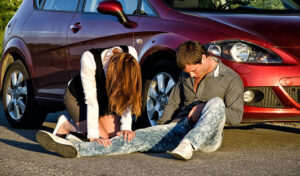
4 Ways You Can Avoid Pedestrian Accidents as a Driver
As a driver, a pedestrian accident is probably one of your worst nightmares. Hitting a pedestrian can result in catastrophic bills that increase your insurance premium and sometimes have extreme

As a driver, a pedestrian accident is probably one of your worst nightmares. Hitting a pedestrian can result in catastrophic bills that increase your insurance premium and sometimes have extreme
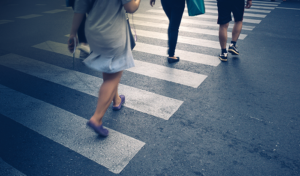
Whether you’re out to experience the nightlife or you simply enjoy an evening stroll, it’s essential to understand the rules of pedestrian safety. Staying safe as a pedestrian in the
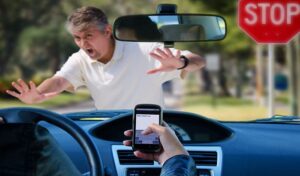
Whether you are walking to the store, home from school, or from your car to work, most people are pedestrians at some point during the day. Unfortunately, pedestrian deaths and
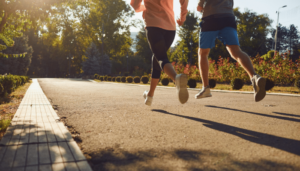
Pedestrians get hit most in urban cities. Their injuries and fatalities are but one aspect of a bigger set of problems related to road safety. Although walking is great for

Being struck by a car as a pedestrian can leave you with damaging psychological and physical effects. If you’ve experienced this situation, you know how agonizing these injuries are, coupled
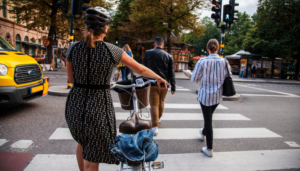
When it comes to pedestrian accidents, you may assume the driver is at fault; however, this assertion isn’t always correct. Many people believe the adage, “pedestrians always have the right
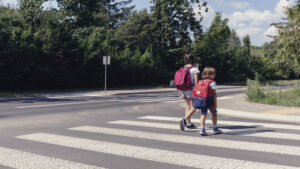
When you’re taking a relaxing stroll, you may not be worried about the risks distracted, speeding, or negligent drivers pose. As someone who’s on the road, either as a driver
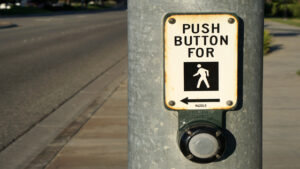
When we hear of car accidents involving pedestrians, we usually assume it’s the driver’s fault because of how big and powerful vehicles are. However, pedestrians can also be held liable
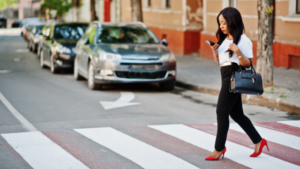
Traveling by foot is the healthier option, but it’s not always the safer option. Pedestrians are involved in 13 percent of vehicle-related fatalities, according to the National Highway Traffic Safety

After a catastrophic incident such as a car wreck, most people can’t wait to get back on their feet. While feeling eager to get better is understandable, you shouldn’t curtail

Distracted driving is a well-researched problem, and several states have passed legislation to ban technology use while driving. Everywhere we go, we’re reminded to not text and drive—signs are plastered
Salt Lake City officials plan on installing a traffic light at one particularly dangerous intersection in the city. According to ABC 4, residents in the neighborhood surrounding the intersection have
UTAH INJURY LAWYERS
Flickinger • Boulton
• Robson • Weeks
PROVO OFFICE
3000 N University Ave
Suite 300
Provo, UT 84604
SOUTH JORDAN OFFICE
10393 S. Temple Dr.
Suite 103
South Jordan, Utah 84095
OFFICE HOURS
Monday- Friday: 8AM-5PM
Saturday-Sunday: Closed
*Disclaimer: the information provided by this website is for informational purposes only and should not be considered legal advice or a substitute for competent legal counsel.
**SMS consent and contact phone numbers will not be shared or sold to third parties or their affiliates for any purpose.
© 2025 All Rights Reserved.